

Sign Up
What is best time for the call?
Oops! Something went wrong while submitting the form.
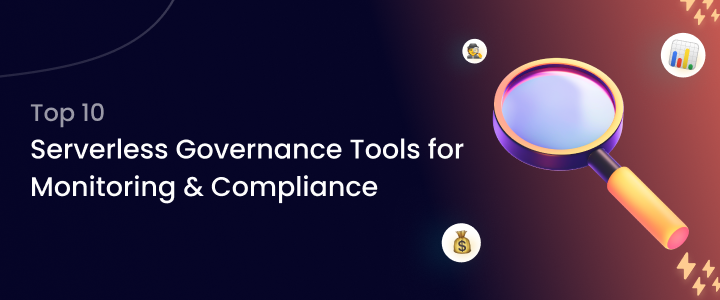
As serverless architectures gain traction, ensuring governance, monitoring, and compliance becomes paramount. The dynamic nature of serverless computing introduces challenges to visibility, security, and regulatory adherence. This guide evaluates the leading tools that address these challenges, focusing on their pricing, licensing options, features, and integrations.
Serverless governance tools are specialized tools and practices that help organizations manage, monitor, and secure their serverless environments. They provide visibility into serverless deployments, ensure compliance with security and regulatory requirements, and optimize resource utilization.
Here's a more detailed look at serverless governance:
Tracking serverless functions and their dependencies:
Understanding data flow and interactions between serverless functions is crucial for troubleshooting and optimization.
Monitoring performance and resource usage:
Tools can track CPU usage, memory consumption, and other metrics to identify bottlenecks and optimize cost-effectiveness.
Logging and auditing:
Detailed logging and auditing provide insights into serverless applications and their behavior, aiding security investigations and debugging.
Examples of Serverless Governance Tools:
Our evaluation is based on:
1. Amazon CloudWatch
Screenshot:
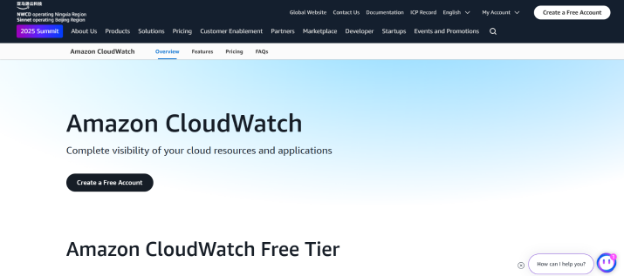
2. Datadog
Screenshot:
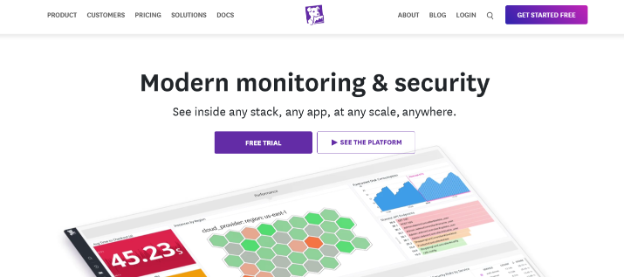
3. Lumigo
Screenshot:
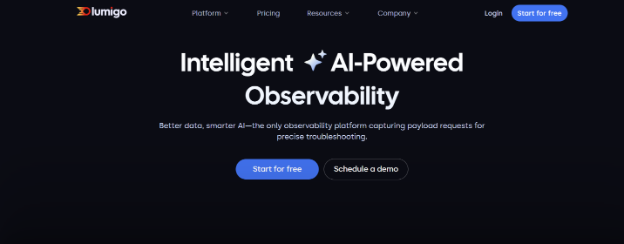
4. Epsagon
Screenshot:
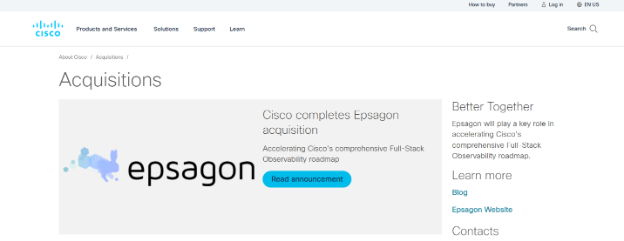
5. Site24x7
Screenshot:

6. Thundra
Screenshot:

7. AWS X-Ray
Screenshot:
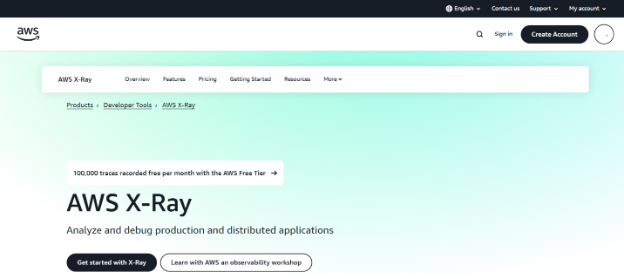
8. New Relic
Screenshot:
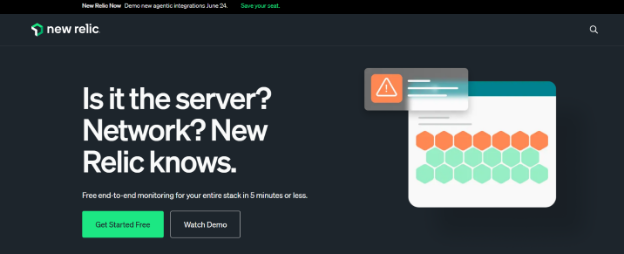
9. Prometheus
Screenshot:

10. Baselime
Screenshot:

What is a serverless tool?
You can use Serverless AWS details technologies to run code, manage data, and integrate applications without managing servers. With AWS serverless technology, you get automatic scaling, built-in high availability, and a pay-for-use billing model to increase agility and optimize costs.
What is a SAM application?
AWS Serverless Application Model (AWS SAM) is an open-source framework for building serverless applications using infrastructure as code (IaC). With AWS SAM's shorthand syntax, developers declare AWS CloudFormation resources and specialized serverless resources transformed into infrastructure during deployment.
What is the difference between server and serverless?
Scaling: Serverless automatically scales with demand, while traditional architecture requires manual scaling. Cost Model: Serverless has a pay-as-you-go model, whereas traditional architecture typically involves continuous costs for server operation.
Which database is serverless?
Popular serverless databases can be relational databases or NoSQL databases. They provide inherent availability, fault tolerance, and reliability—you only pay for actual database usage.
Is serverless faster than server?
Regarding how quickly a computer can perform certain activities, using a long-running server, also known as serverful computing, can be quicker than short-lived functionalities from serverless computing. As because serverless computing requires the function to be started each time it is used.
What is called serverless?
Serverless computing is a method of providing backend services on an as-used basis. Servers are still used, but a company that gets backend services from a serverless vendor is charged based on usage, not a fixed bandwidth or number of servers.
Selecting the right serverless governance tool is crucial for maintaining compliance, ensuring security, and optimizing performance. While Amazon CloudWatch and AWS X-Ray are ideal for AWS-centric setups, platforms like Datadog and New Relic offer broader integrations. Open-source solutions like Prometheus provide flexibility for those willing to manage configurations.
For organizations seeking comprehensive SaaS management, including license tracking and compliance monitoring, CloudNuro.ai offers a robust solution. Recognized by Gartner and InfoTech, CloudNuro.ai ensures streamlined operations across your serverless infrastructure.
👉 Book a Demo with CloudNuro.ai
Request a no cost, no obligation free assessment —just 15 minutes to savings!
Get StartedAs serverless architectures gain traction, ensuring governance, monitoring, and compliance becomes paramount. The dynamic nature of serverless computing introduces challenges to visibility, security, and regulatory adherence. This guide evaluates the leading tools that address these challenges, focusing on their pricing, licensing options, features, and integrations.
Serverless governance tools are specialized tools and practices that help organizations manage, monitor, and secure their serverless environments. They provide visibility into serverless deployments, ensure compliance with security and regulatory requirements, and optimize resource utilization.
Here's a more detailed look at serverless governance:
Tracking serverless functions and their dependencies:
Understanding data flow and interactions between serverless functions is crucial for troubleshooting and optimization.
Monitoring performance and resource usage:
Tools can track CPU usage, memory consumption, and other metrics to identify bottlenecks and optimize cost-effectiveness.
Logging and auditing:
Detailed logging and auditing provide insights into serverless applications and their behavior, aiding security investigations and debugging.
Examples of Serverless Governance Tools:
Our evaluation is based on:
1. Amazon CloudWatch
Screenshot:

2. Datadog
Screenshot:

3. Lumigo
Screenshot:

4. Epsagon
Screenshot:

5. Site24x7
Screenshot:

6. Thundra
Screenshot:

7. AWS X-Ray
Screenshot:

8. New Relic
Screenshot:

9. Prometheus
Screenshot:

10. Baselime
Screenshot:

What is a serverless tool?
You can use Serverless AWS details technologies to run code, manage data, and integrate applications without managing servers. With AWS serverless technology, you get automatic scaling, built-in high availability, and a pay-for-use billing model to increase agility and optimize costs.
What is a SAM application?
AWS Serverless Application Model (AWS SAM) is an open-source framework for building serverless applications using infrastructure as code (IaC). With AWS SAM's shorthand syntax, developers declare AWS CloudFormation resources and specialized serverless resources transformed into infrastructure during deployment.
What is the difference between server and serverless?
Scaling: Serverless automatically scales with demand, while traditional architecture requires manual scaling. Cost Model: Serverless has a pay-as-you-go model, whereas traditional architecture typically involves continuous costs for server operation.
Which database is serverless?
Popular serverless databases can be relational databases or NoSQL databases. They provide inherent availability, fault tolerance, and reliability—you only pay for actual database usage.
Is serverless faster than server?
Regarding how quickly a computer can perform certain activities, using a long-running server, also known as serverful computing, can be quicker than short-lived functionalities from serverless computing. As because serverless computing requires the function to be started each time it is used.
What is called serverless?
Serverless computing is a method of providing backend services on an as-used basis. Servers are still used, but a company that gets backend services from a serverless vendor is charged based on usage, not a fixed bandwidth or number of servers.
Selecting the right serverless governance tool is crucial for maintaining compliance, ensuring security, and optimizing performance. While Amazon CloudWatch and AWS X-Ray are ideal for AWS-centric setups, platforms like Datadog and New Relic offer broader integrations. Open-source solutions like Prometheus provide flexibility for those willing to manage configurations.
For organizations seeking comprehensive SaaS management, including license tracking and compliance monitoring, CloudNuro.ai offers a robust solution. Recognized by Gartner and InfoTech, CloudNuro.ai ensures streamlined operations across your serverless infrastructure.
👉 Book a Demo with CloudNuro.ai
Request a no cost, no obligation free assessment - just 15 minutes to savings!
Get StartedWe're offering complimentary ServiceNow license assessments to only 25 enterprises this quarter who want to unlock immediate savings without disrupting operations.
Get Free AssessmentGet Started

Recognized Leader in SaaS Management Platforms by Info-Tech SoftwareReviews
